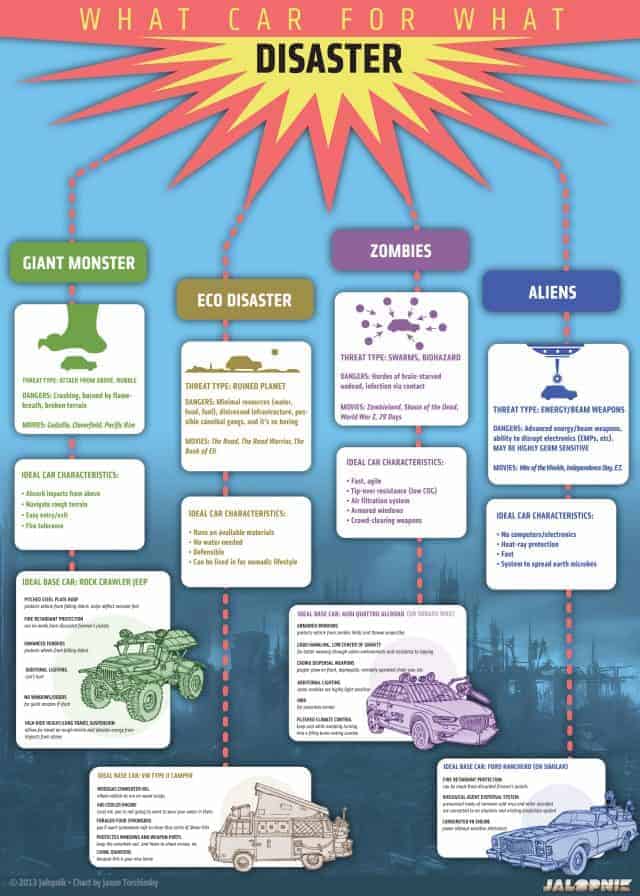Understand Exactly How To Take Full Advantage Of The Effectiveness And Resilience Of Your Heatpump System By Avoiding Frequent Installment Challenges
Understand Exactly How To Take Full Advantage Of The Effectiveness And Resilience Of Your Heatpump System By Avoiding Frequent Installment Challenges
Blog Article
Developed By-Vind Rankin
When installing a heatpump, you need to avoid usual errors that can endanger its performance. Overlooking appropriate sizing may lead to inadequacies and higher utility expenses. Ignoring insulation and sealing could result in power wastefulness and stress on the device. Furthermore, positioning the outdoor unit improperly may impact its performance. By preventing these errors, you can make sure optimum working and durability of your heat pump system.
Improper Sizing of Heatpump
When it comes to the installation of heatpump, one of one of the most typical errors is improperly sizing the device for your area. Making sure the right dimension is important for ideal performance. If the heatpump is also little, it will certainly battle to warm or cool your area successfully, resulting in enhanced energy costs and potential damage on the system.
On the other hand, if the heatpump is also large, it will certainly cycle on and off regularly, triggering temperature level variations and reducing its life expectancy.
To prevent this error, it's essential to have an expert analyze your space and recommend the appropriate size of the heatpump based on aspects like square video, insulation, ceiling elevation, and regional environment. By investing the time and effort to guarantee the right sizing, you can enjoy a comfy setting while making best use of energy effectiveness and prolonging the lifespan of your heatpump.
Inadequate Insulation and Sealing
To make certain the efficient procedure of your heat pump, it's essential to deal with insufficient insulation and sealing in your space. Appropriate insulation helps keep a regular temperature inside, decreasing the work on your heatpump. Poor insulation can cause energy loss, making your heatpump work harder and less efficiently.
Securing any type of spaces or leaks in your space is equally important. These gaps allow conditioned air to leave and outside air to permeate in, forcing your heatpump to compensate for the temperature fluctuations.
Inaccurate Positioning of Outdoor Unit
Dealing with the positioning of your heat pump's outdoor unit is crucial to optimizing its performance. Installing the outdoor system in a wrong area can lead to effectiveness issues and potential damage to the device.
Look At This to prevent is placing the outdoor unit too near to a wall surface or various other frameworks. This can limit air movement, triggering the device to work more challenging to heat or cool your space, ultimately decreasing its effectiveness and life expectancy.
An additional error to stay away from is positioning the outside system in direct sunlight. While some sunshine is inevitable, excessive direct exposure can bring about getting too hot, especially throughout warm summertime days. It's finest to place the exterior system in a shaded area to aid keep its ideal operating temperature.
Moreover, make certain that the outdoor device is placed on a stable and level surface. Uneven ground can trigger resonances and unnecessary stress on the system, influencing its performance gradually.
Final thought
Finally, avoiding usual errors throughout heat pump installment is vital for maximizing efficiency and durability of your system. By making https://cost-of-replacing-home-ac08620.ja-blog.com/31242333/identify-the-essential-elements-to-think-about-when-identifying-the-excellent-dimension-heat-pump-for-your-home-making-sure-both-comfort-and-energy-effectiveness sizing, sufficient insulation, securing, and correct positioning of the exterior device, you can protect against issues such as inefficiencies, boosted energy costs, and stress on the system. Putting in the time to resolve these vital elements will eventually conserve you time and money in the future.
